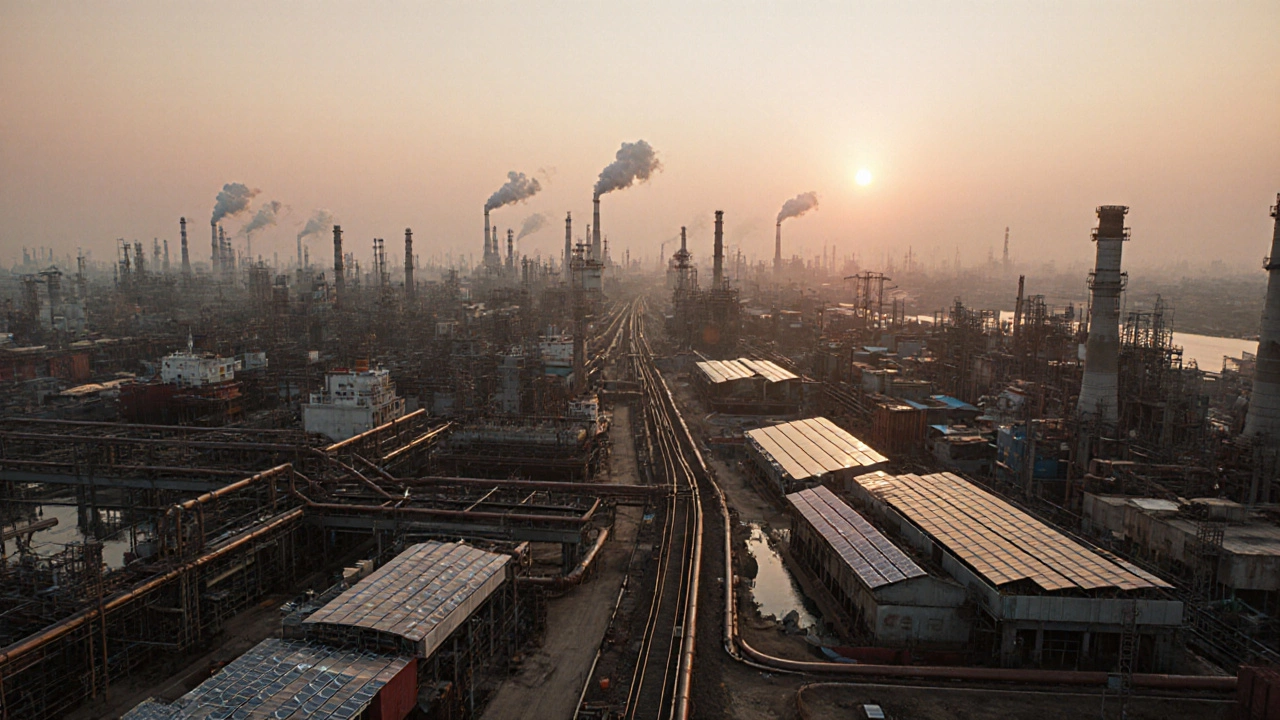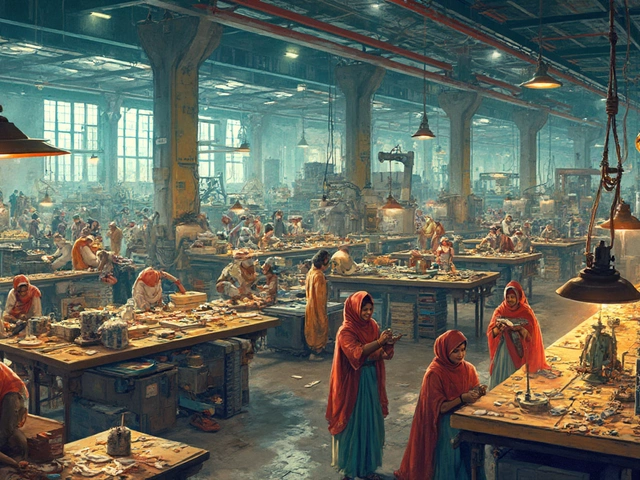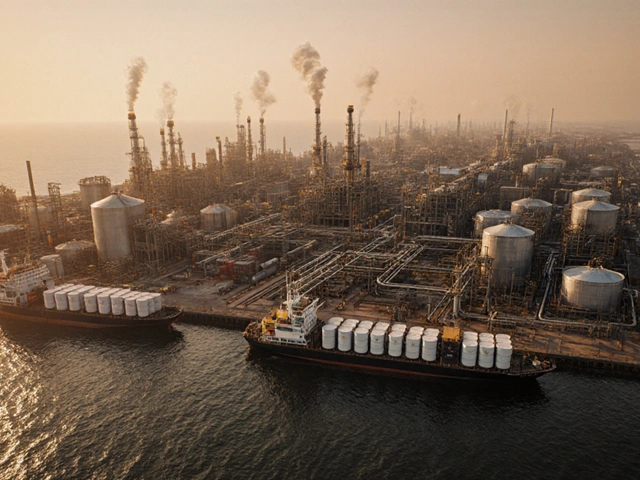Chemical Industry India: Trends, Challenges and Opportunities
India’s chemical sector is booming, and you can see it in new factories, higher export numbers, and more jobs. If you’re curious about why the industry matters or want to know where it’s heading, you’re in the right place. Below we break down the biggest drivers, the hurdles companies face, and what to expect in the next few years.
Key Growth Drivers
First off, demand for chemicals is rising fast. Growing populations need more plastics, fertilizers, and personal‑care products, all of which rely on chemicals. The government’s push for ‘Make in India’ also gives manufacturers tax breaks and easier land acquisition, so many firms are setting up new plants.
Another boost comes from the rise of specialty chemicals. These are high‑value products used in electronics, pharma, and automotive sectors. Companies that can produce niche chemicals often earn better margins than those stuck in bulk commodity production.
Don’t forget the export angle. Indian chemical makers are shipping more to the Middle East, Africa, and Southeast Asia because they can offer competitive pricing and quality. That global reach adds a safety net when domestic demand slows.
Challenges on the Road
Despite the growth, the industry faces real pain points. Energy costs are a big one—chemical plants need a lot of power, and price spikes can eat into profits. Many firms are now looking at renewable options or captive power plants to keep costs down.
Environmental regulations are tightening too. The government is cracking down on pollution, which means older plants must upgrade waste‑treatment facilities or risk fines. While this adds upfront expense, it also pushes the sector toward greener practices.
Talent shortage is another snag. Skilled engineers and chemists are in high demand, and companies compete for a limited pool. Investing in training programs and partnerships with technical institutes helps, but it’s a long‑term effort.
Finally, raw‑material price volatility—especially for petrochemicals—can make budgeting tricky. Companies that diversify their feedstock sources or develop integrated supply chains tend to weather the swings better.
Future Outlook
Looking ahead, the chemical industry in India is set to keep expanding. Forecasts suggest a compound annual growth rate of around 8 % through 2030, driven by rising middle‑class consumption and government incentives for green chemistry.
Innovation will be the game‑changer. More firms are investing in digital tools, automation, and AI to improve yields and cut waste. Those that adopt smart manufacturing early will likely outpace competitors.
Finally, sustainability will shape the next wave. Expect more projects focused on bio‑based chemicals, circular economy models, and low‑carbon processes. Companies that align with these trends will not only meet regulations but also attract eco‑conscious buyers.
Whether you’re a buyer, investor, or just curious about India’s chemical scene, keeping an eye on these factors will help you understand where the market is headed and how to stay ahead of the curve.
Which City in India Is Famous for Chemical Industry?
Gujarat, especially the cities of Jamnagar, Vadodara, and Hazira, is India's chemical manufacturing hub, producing over 60% of the country's chemicals including petrochemicals, fertilizers, and pharmaceutical intermediates.
View MoreWhy Manufacturing Stagnates in India: A Chemical Industry Perspective
Despite India's potential, manufacturing growth, particularly in the chemical sector, faces significant hurdles like outdated infrastructure and complex regulations. The failure to capitalize on these opportunities raises questions about policy effectiveness. Meanwhile, innovation and technology adoption lag behind global standards. Understanding these challenges is crucial for unlocking the sector's full potential.
View More





